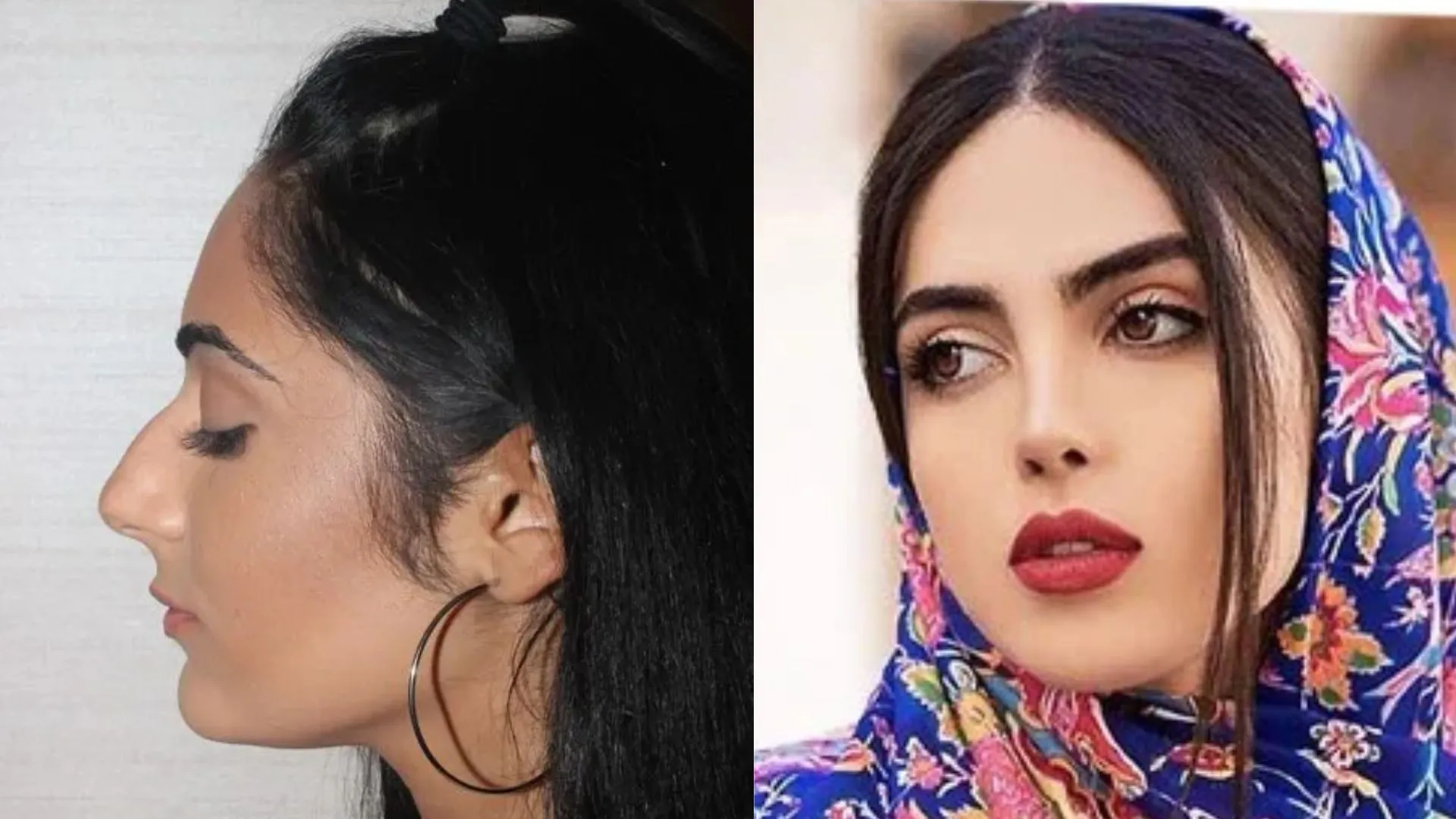In Iran, the quest for the “perfect nose” has become more than a cosmetic choice — it’s a cultural phenomenon. With over 2,64,000 cosmetic surgeries recorded in 2023 alone, rhinoplasty has emerged as the most sought-after procedure, especially among women.
For 29-year-old model Azadeh, altering the natural curve of her nose wasn’t just about appearance — it was a ticket to greater opportunity. “After my surgery, I started getting more modelling offers. My income tripled, and people treated me differently — with more respect,” she says. Like many women in Iran’s fashion space, Azadeh requested her last name be withheld due to social backlash that models often face.
The trend reflects a deeper issue — the collision between beauty ideals, economic challenges, and societal expectations in a country where women’s bodies are tightly regulated.
A Face-Centric Beauty Culture
Since the Islamic Revolution of 1979, Iranian law has mandated that women dress modestly and cover their hair in public. With most of the body hidden, the face became the central focus of personal expression — and scrutiny.
“Nose surgery in Iran is no longer just about beauty. It’s become a cultural identity marker,” explains Dr. Hamidreza Hosnani, a Tehran-based surgeon who performs nearly 20 rhinoplasties each week. “Women want to feel empowered, visible, and confident — and for many, changing their nose helps them achieve that.”
The popularity of the surgery is hard to miss. Across Tehran, billboards flaunt advertisements for nose jobs and other cosmetic treatments. On the streets, it’s not uncommon to see men and women with bandaged noses — a badge of belonging to a growing trend.
Beauty at a Price
While basic rhinoplasty in Iran costs around $1,000 — far cheaper than in many Western countries — the amount is still steep for most Iranians, especially with the current minimum wage hovering around $100.
Still, many are willing to go into debt to afford the procedure. “I had to borrow money from friends and family, but it was worth every riyal,” Azadeh says.
Reyhaneh, a 28-year-old surgical assistant, shares the sentiment. “I wish I’d done it sooner. It gave me the confidence I always lacked.”
Unlicensed Clinics and Rising Risks
Iran has gained a reputation for skilled cosmetic surgeons and affordable procedures, attracting even foreign clients. However, the growing demand has also led to a rise in unauthorized clinics and unlicensed practitioners.
Just this February, Iran’s Health Ministry shut down parts of a well-known hospital in Tehran and arrested several individuals over illegal cosmetic surgeries. In a chilling incident last November, three women lost their lives during cosmetic procedures conducted on the same day in separate incidents — raising alarms over safety standards.
Ava Goli, a 23-year-old student planning her own rhinoplasty, is cautious. “I’ve seen surgeries go wrong — crooked noses, breathing problems. It’s scary. So I’ve spent months researching doctors before deciding.”
Not Just a Woman’s Trend
Though women drive the majority of cosmetic procedures, men are also joining the beauty race.
Bahador Sayyadi, a 33-year-old accountant, recently took out a loan to pay for a hair transplant ahead of his wedding. “It’s not just about looking good — it’s about feeling confident. Men feel that pressure too,” he says.
As Iran grapples with economic instability, political tension, and increasing demands for social freedom — especially after the 2022 protests following the death of Mahsa Amini — the rhinoplasty trend is more than skin-deep.
ALSO READ: Danish Eco-Couple Vanishes From Sweden Retreat, Leaves Behind 158 Barrels Of Human Waste




